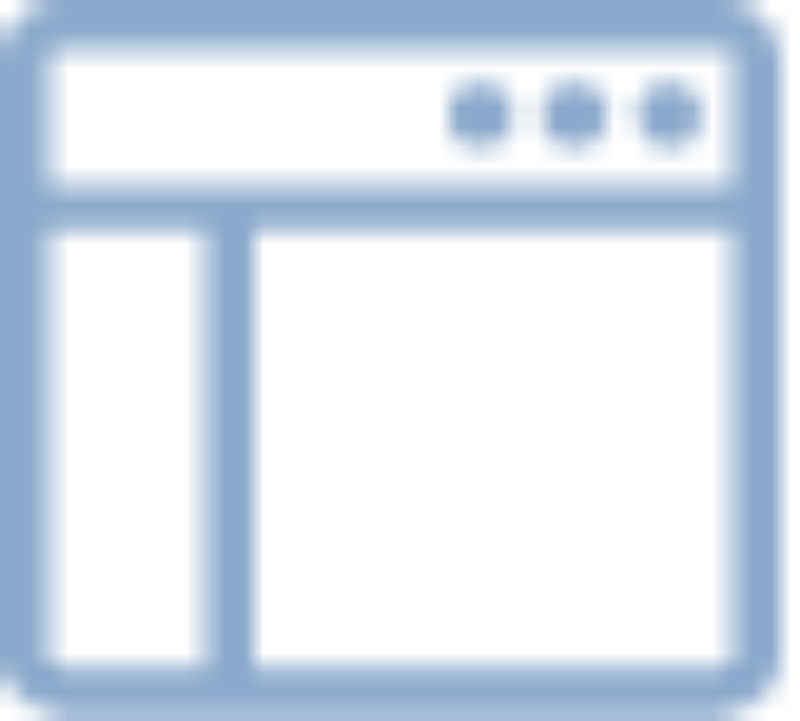Τα στεγνωτήρια γυαλιού Air Force IR έχουν σχεδιαστεί ειδικά για υδατοχρώματα και έλαια πεύκου που στεγνώνουν αργά.
Air Force IR glass dryers are specifically designed for slow-drying watercolours and pine oils. They use a combination of infrared radiation with hot air and/or cold air supplied from the top and bottom.
These systems dry inks and coatings on glass products with a thickness of 0.6mm to 24mm and a maximum width of 3m, with applications in the automotive industry, architecture, household appliances, solar panels, electronic panels, furniture and decoration, etc.
With 5 standard belt widths (70cm to 260cm), PLC control system with touch screen, 4 versions with modular design, hot air/infrared combination, double-sided cooling, special transport systems, this series of dryers is extremely flexible and efficient.
Features:
- PLC control system with touch screen
- High operating temperature, optionally up to 200°C
- 16 medium wave IR lamps per 2m section
- High-performance stainless steel mirrors
- With lifting arms of the upper part of the system
- Modular construction
- Conveyor systems with perforated steel or fibre glass belt with PTFE coating
- Casters, with height and alignment adjusters
- With color selection according to industry standards
- Optional recirculation filters
- Optional air inlet filter
- Optional thyristor control
Optionally:
Input filter
A filter can be optionally added to each air inlet to clean the air from dirt and dust. This is a self-contained, easily replaceable unit, is EU4 (4 microns) and is designed to ensure sufficient air flow to the dryer, while preventing pollution.
Thyristor drivers
A thyristor driver can be optionally added to control the IR radiation of the lamps on a percentage basis and is particularly useful in cases where the effect of IR radiation is critical or unknown. The driver is digitally controlled by the PLC system.
Inverter Drives for motorized fans
An optional DC-AC inverter is available to control the air velocity on the glass surface. A useful addition for very thin glass or when the dryer needs to be used for metallic inks that require high air velocities, while it normally handles thicker conventional ceramic inks.
.png)






